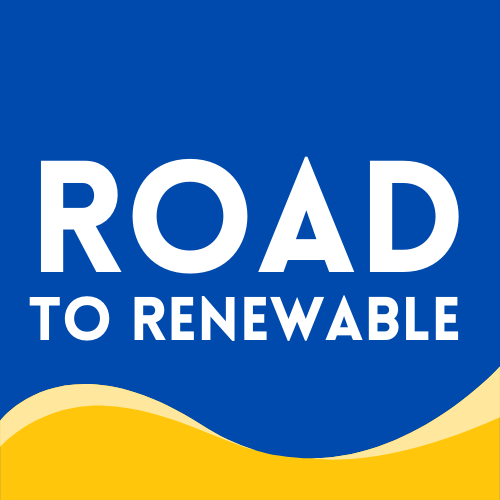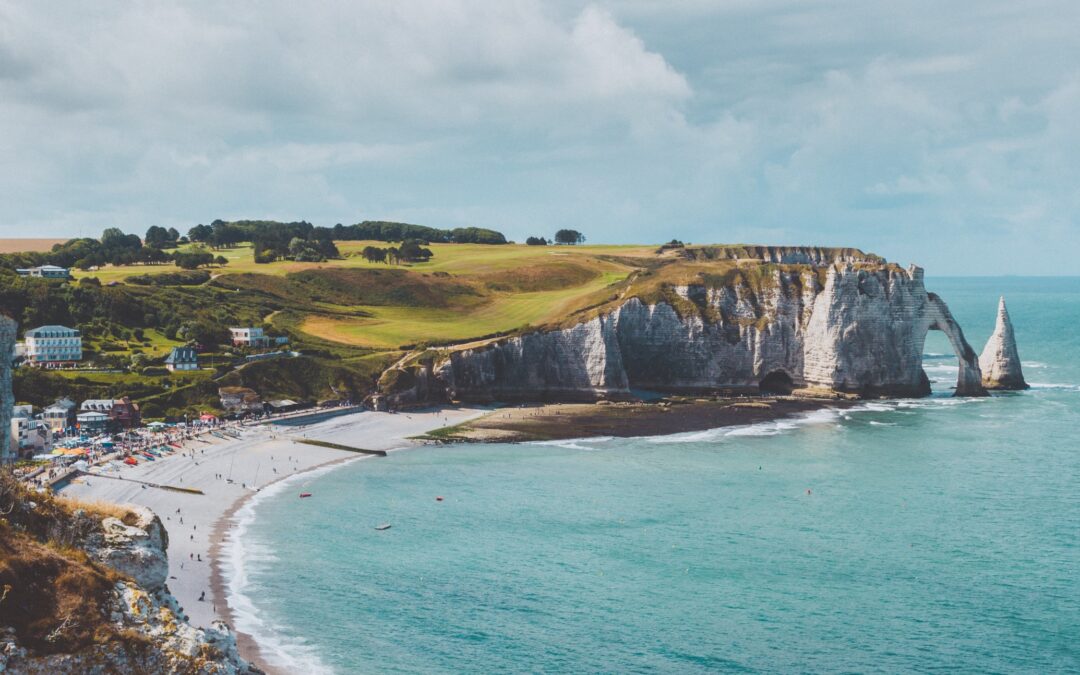
How Denmark harnessed wind power
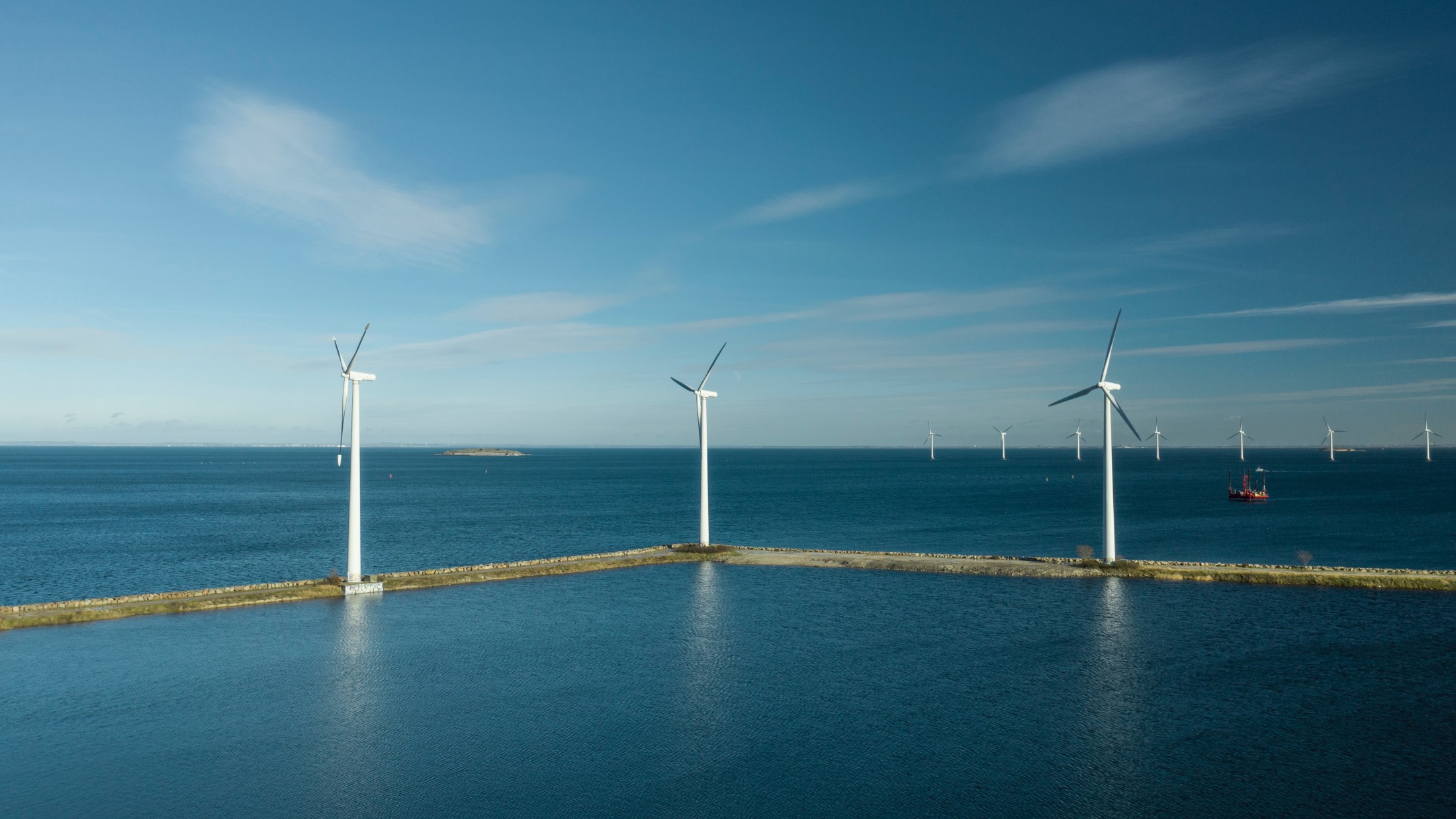
Most recent
Denmark has become a leader in generating electricity through wind power. How did it become the renewable energy gold standard?
In April 2022, Denmark generated nearly 50 percent of its electricity through wind. It topped countries like Uruguay which came in a close second with 43 percent and Ireland with 32 percent. How did this small European country grow to become a leader in wind power?
Energy security in Denmark
Denmark hasn’t always been a leader in renewable, and in particular, wind energy. Before the oil embargos that shook western countries at the dawn of the 1970s, oil powered the country. Over 90 percent of Denmark’s energy demand was met through imported oil. This became the country’s Achilles heel as it ground to a halt when the oil export ban went across the globe like a shockwave. This resulted in a strong political drive to decrease Denmark’s reliance on foreign energy imports, Managing Director at the Danish Wind Industry Association, Soren Krohn wrote in February 2002.
Between 1972 and 1979, the Danish government set out a target to secure its energy needs by incentivizing oil and gas exploration across the North Sea. This boom in fossil fuel consumption had turned Danish citizens into high emitters of carbon emissions. This realization, and the Danish drive to be environmentally conscious, set the precedent for the next phase in the country’s energy objectives, decarbonization.
In 1978, the Danish government opened a wind turbine testing facility at the Riso National Laboratory. The project covered 40 percent of the initial costs, with its funding eventually stopping by 1989. Despite the government pulling out of the project, it provided valuable information on wind turbine research and development. It’s important to note that the three-bladed turbine invented by a Danish inventor, Henrik Stiesdal, in 1978, was a crucial piece of the puzzle that made scaling up wind power possible.
Denmark sets ambitious targets
Two years later, in 1981, Danisch policymakers launched an energy program with tangible objectives. The plan included the realization of 1,000 MW of wind power by the year 2000. Three years later, in 1984, the Danish government introduced a feed-in tariff, which had to further promote wind energy adoption. A feed-in tariff is a financial instrument that subsidizes energy generated from renewable energy sources during early operations. Financial feasibility and return on investment are guaranteed through long-term contracts. These decrease the risks for private parties to step into the market. In Denmark’s case, the government would back 70 to 85 percent of the local retail electricity price. This program ran up to 2001 and was further reinforced in 1992 when a carbon tax was introduced, further strengthening the business case for renewable energy projects.
In 1996, the Energi 21 plan was introduced, which laid out the accelerated adoption of renewable energy in Denmark. Renewable sources would supply 12 to 14 percent of the country’s energy demand by 2005 and 35 percent by 2030. Three years later in 1999, the newly installed government increased the target for renewable energy generation to 20 percent by 2003. This renewable energy had to be generated for the most part by wind and biomass facilities. Whether the latter is renewable, is a separate debate. In 2003, wind energy generators were connected to the nation’s power grid through a renewable portfolio standard.
The world’s first offshore wind park
2021 marked the 30th anniversary of Denmark’s first offshore wind park, Vindeby. The park was home to 11 wind turbines, having a total 4.85 MW output with 450 of capacity. Siemens Gamesa looked back at the opening of this landmark project, which further pushed wind power development in Denmark. The plan for an off-shore wind park was a result of limited land availability in the country, which drove the Danish government to look for alternative solutions. In 1989 the government partnered with wind turbine manufacturer Bonus Energy (later to become Siemens Gamesa) and operator ELKRAFT to build a proof of concept.
Senior Sales Specialist at Siemens Gamesa, Anders Johannes Jensen, who worked on the project explained that the cooperative wanted to demonstrate that offshore wind was possible. At the time, no out-of-box solution existed and the team at Siemens had to research and develop new turbine technologies that would be suitable for off-land usage. Two years after the project was proposed, the first electricity was generated. Jensen remarked on the remarkable achievement, “The project was so successful in both the installation and the operation that it convinced politicians, planners, and developers that offshore wind farms had a bright future.” Senior Key Expert, Innovation at Siemens Gamesa, Jens Thomsen, worked on the turbine construction and decommissioning of Vindeby. Thomsen explained that Vindeby provided valuable learnings, which enabled the development of better wind turbines in the years to come.
Alongside Siemens, young engineer Henrik Kofoed-Hansen worked on the Vindeby project at the research consulting company DHI. Now, as Senior Technical Expert, Ports and Offshore Technologies at DHI, Kofoed-Hansen reflected on the project. He explained, “We did some cutting-edge research and field experiments at the Vindeby site where the new offshore wind farm was established.” This work would kick-start his career in offshore wind energy.
The Vindeby park remained operational for 26 years, six years longer than initially anticipated, supplying clean and reliable energy to 2,200 homes. Vindeby proved it could be done, sparking momentum for the novel electricity generation technology. Siemens highlighted its most recent accomplishment, the SG 14-222 DD, a giant wind turbine with a rotor of 222 meters, which can single-handedly generate 14 MW of energy, 31 times the combined power of Vindeby.
Denmark fossil-free
Ever since Vindeby several wind turbine projects have been realized, steadily decreasing Denmark’s reliance on fossil fuels. In 2014, Euractiv spoke to Denmark’s climate and energy minister, Martin Lidegaard about the country’s ambitious plans to become fully fossil-free after Europe’s plans to increase renewable energy generation and put in place binding targets for each member state. Lidegaard explained that his country had no qualms with decreasing its fossil fuel reliance. He said, “Denmark has no problem pursuing our present path towards a complete fossil fuel-free society and we are going to do that no matter what.” However, adding that each member state should have fair targets and contribute to the EU’s targets as a whole. The topic of binding renewable targets is dividing nations that have varying results and expectations. The Danes however remained committed to their decarbonization efforts.
In 2016, Vattenfall won the tender to build the largest wind farm in the Nordic region. The project to be realized in the Baltic Sea would have a max capacity of 600 MW. The utility company said the project was granted thanks to the competitive MWh price it was able to offer. Vattenfall would deliver wind energy at € 49.9 (54$) per MWh, which was the lowest price amongst other bidders. CEO Vattenfall, Magnus Hall, said in the press release, “The announcement is an essential milestone for our ambition to increase our production of renewable power. We are already the second largest offshore player globally.” Adding that its competitive price would contribute to lowering costs for renewable energy overall. The facility, named Kriegers Flak, would provide clean wind energy to around 600,000 households, representing 23 percent of all households across Denmark.
Five years later, in 2021, Kriegers Flak was inaugurated by His Royal Highness the Crown Prince of Denmark, and Simon Kollerup, the Danish Minister for Industry, Business, and Financial Affair. The facility home to 72 wind turbines would, according to Vattenfall, increase wind power production in Denmark by 16 percent. CEO of Vattenfall, Anna Borg, said in a statement the project was an important milestone in realizing its goal to deliver “fossil-free living within one generation”, with the Kriegers Flak being an important piece in realizing this objective. Head of Business Area Wind at Vattenfall, Helene Biström, explained that the project was a testament to Vattenfall and its partner’s efforts in realizing projects that contribute to a fossil-free, carbon-neutral society.
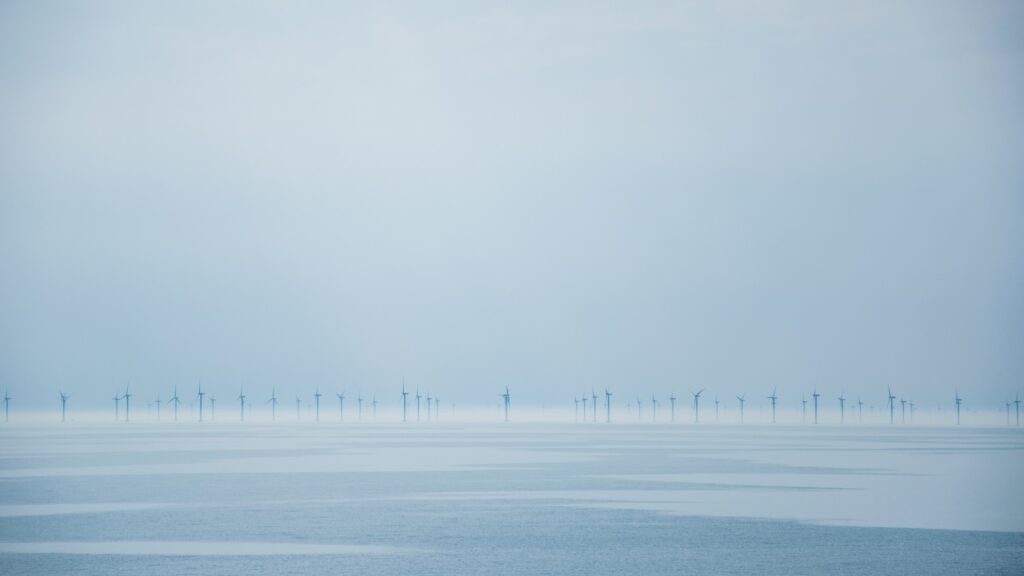
In August 2019, Vattenfall inaugurated the Horns Rev 3 offshore wind farm, which was home to 49 turbines, increasing Danish wind power output by 12 percent, and providing clean energy to 425,000 households. In the press release, the CEO of Vattenfall, Magnus Hall said the project was yet another testament to the commitment of the company to build a fossil-free world. The inauguration comes less than a year after the wind farm started supplying energy to customers on the 23rd of December 2018. Senior Vice President and Head of Business Area Wind at Vattenfall, Gunnar Groebler, added that having the site operational within two years was an incredible achievement by its employees and partners.
In 2019, wind power supplied 47 percent of Denmark’s total electricity demand according to figures published by the national grid operator Energinet in January 2020. Reuters notes this breaks the previous record measured in 2017, where 43 percent of demand was met through wind power. Denmark is far ahead of the European average of 14 percent in 2019. The newsout notes that the strong increase in wind energy can be attributed to the opening of the Horns Rev 3 wind farm from Vattenfall.
Wind power woes
The wind farm fairy tale in Denmark isn’t without its speed bumps. In 2016, Vattenfall was granted a near-shore wind farm project which resulted in public backlash. The controversy of the project didn’t lie in the concept of near-shore wind farms, but Vattenfall adjusted its plans after the initial concept. This prompted the Danish Energy Agency to adjust its open permit system where private entities could apply to realize their wind facility projects, instead of the government sending out permits where parties could bid for the project. In 2019, the agency changed the permit scheme which insisted that permit requests couldn’t be based on theoretical concepts. The approval process also demanded increased cooperation with the general public.
Obviously, the policy changes were too much discontent from the wind energy industry, who proclaimed that the permit approval process would become more challenging. Advisor at the Danish Energy Agency, Maria Louise Flachs, Maria Louise Flachs commented on energy transition news outlet Foresight, “If the EIA [Environmental Impact Assessment] does not describe the reality you end up with, the public has not had a fair chance to comment. In that sense, it is fair enough that the rules are being adjusted.” Adding that the revised policy allows the public to adequately form an opinion on the proposed project.
Driving change in Denmark
Denmark experienced an enormous energy supply shock during the oil embargo of the 1970s. Its dependence on foreign energy imports was its Achilles heel. A position it never wanted to find itself in ever again. The Danish government feverishly searched for alternatives, such as tapping into fossil fuel resources and ramping up renewable energy production. Through a set of groundbreaking policies, it stimulated private entities to venture into the novel renewable energy market. The model proved to be a success. Renewable energy became a profitable business and wind power quickly rose to become the country’s most dominant energy source.
Of course, no system is perfect and there are comments to be made. Permit schemes have allowed for less than desirable outcomes, where large companies like Vattenfall had more freedom than desired, leaving local communities in the dust. Additionally, question marks can be raised whether it’s strategically wise to become dependent on one supplier, in this case, Vattenfall, who’s one of the largest wind energy generators in the region. The situation eerily reminds me of a time when Denmark was dependent on a handful of suppliers. Nonetheless, Denmark has made enormous progress, rivaling U.S. states like Iowa. Setting an inspirational benchmark for all to follow.
Further reading

How wind power polarized Sweden
Wind power has seen massive leaps in recent decades, but one country keeps struggling to expand its capacity, Sweden....
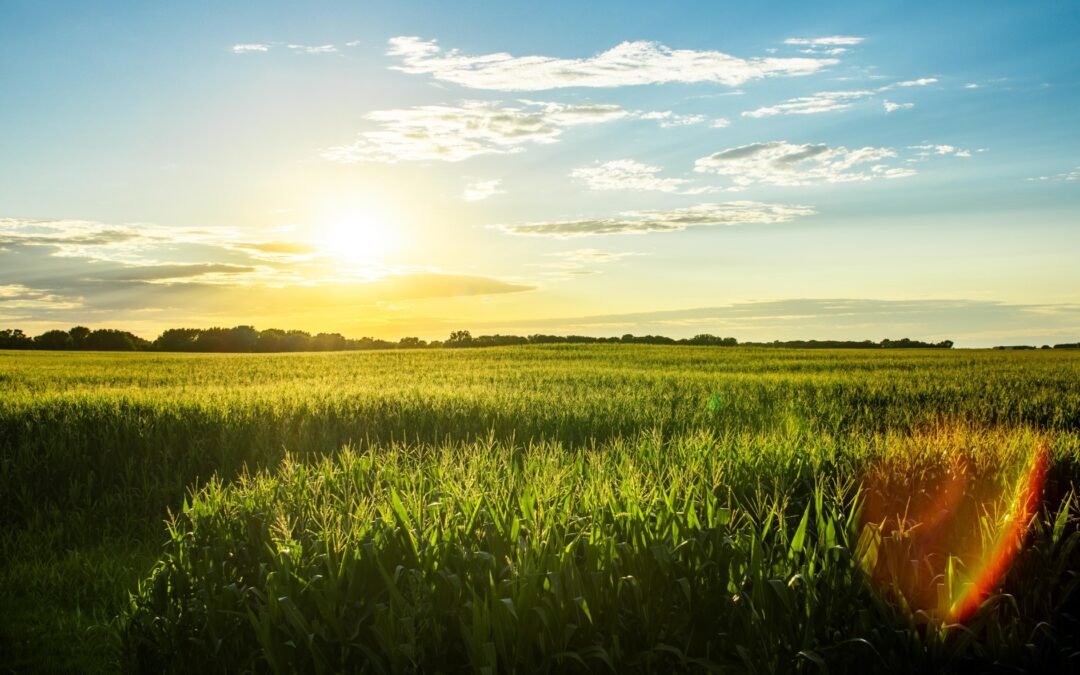
How Iowa became a leader in wind power
Iowa generated 58 percent of its energy through wind power, ranking it first in the US. How did the state reach this...
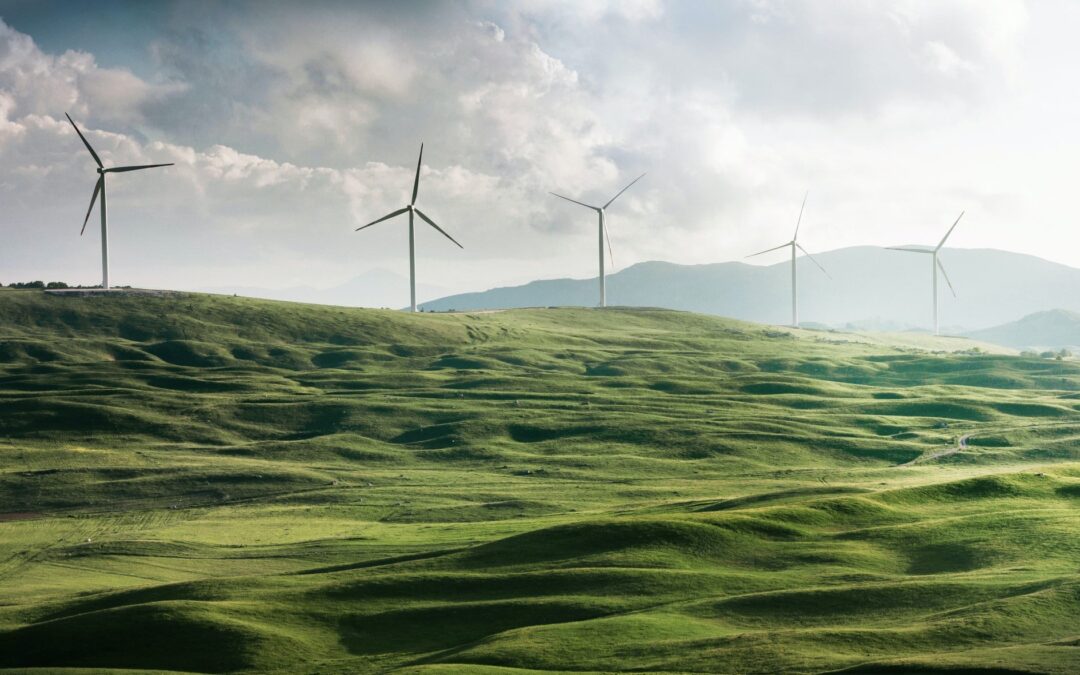
How Japan failed to harness wind power
Japan can quickly ramp up its wind energy capacity with offshore wind farms. Instead, the country is performing below...
Most recent

How Myanmar lost 30% of its forest in 30 years
Myanmar is seeing deforestation rates increase rapidly. In the last three decades, the country already lost 30 percent...
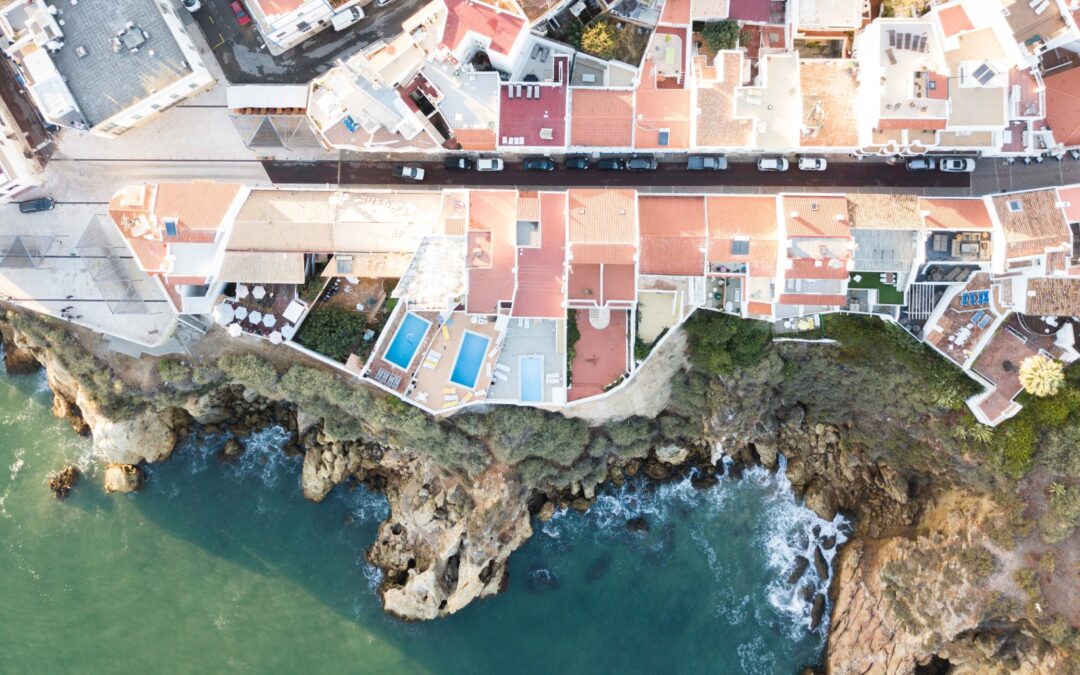
Portugal’s struggle to part with fossil fuels
Portugal is heavily reliant on fossil fuels and its love affair with the fossil fuel industry makes transitioning to...
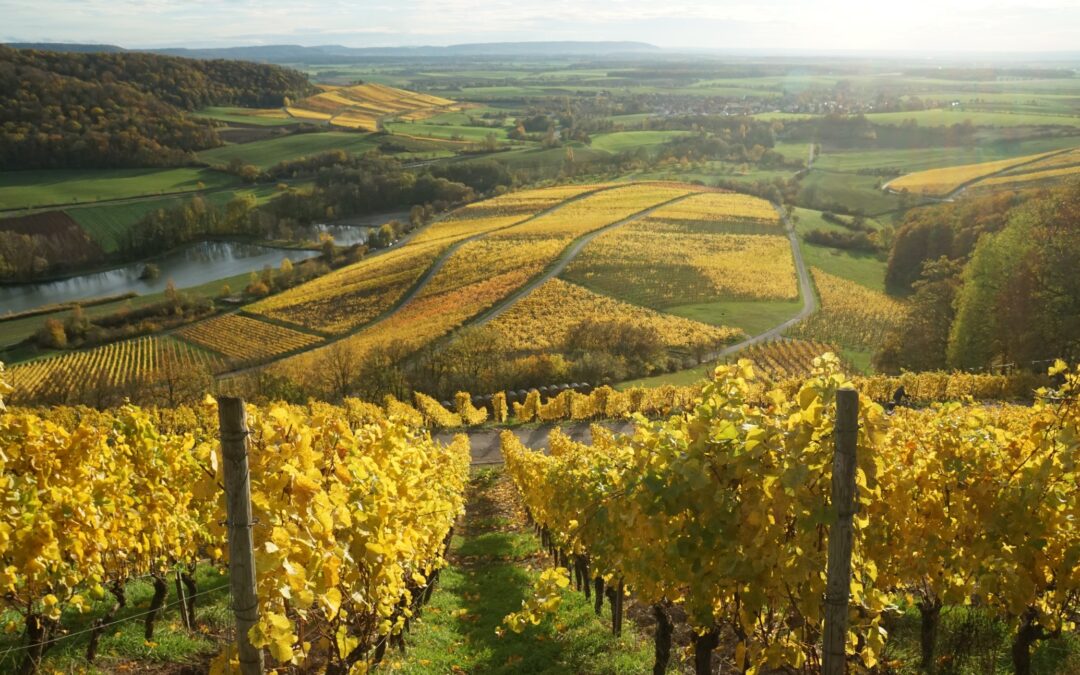
Climate change spells uncertain future for winemakers
Winemakers ride into an uncertain future as climate change spells greater uncertainty for their businesses. Climate...
